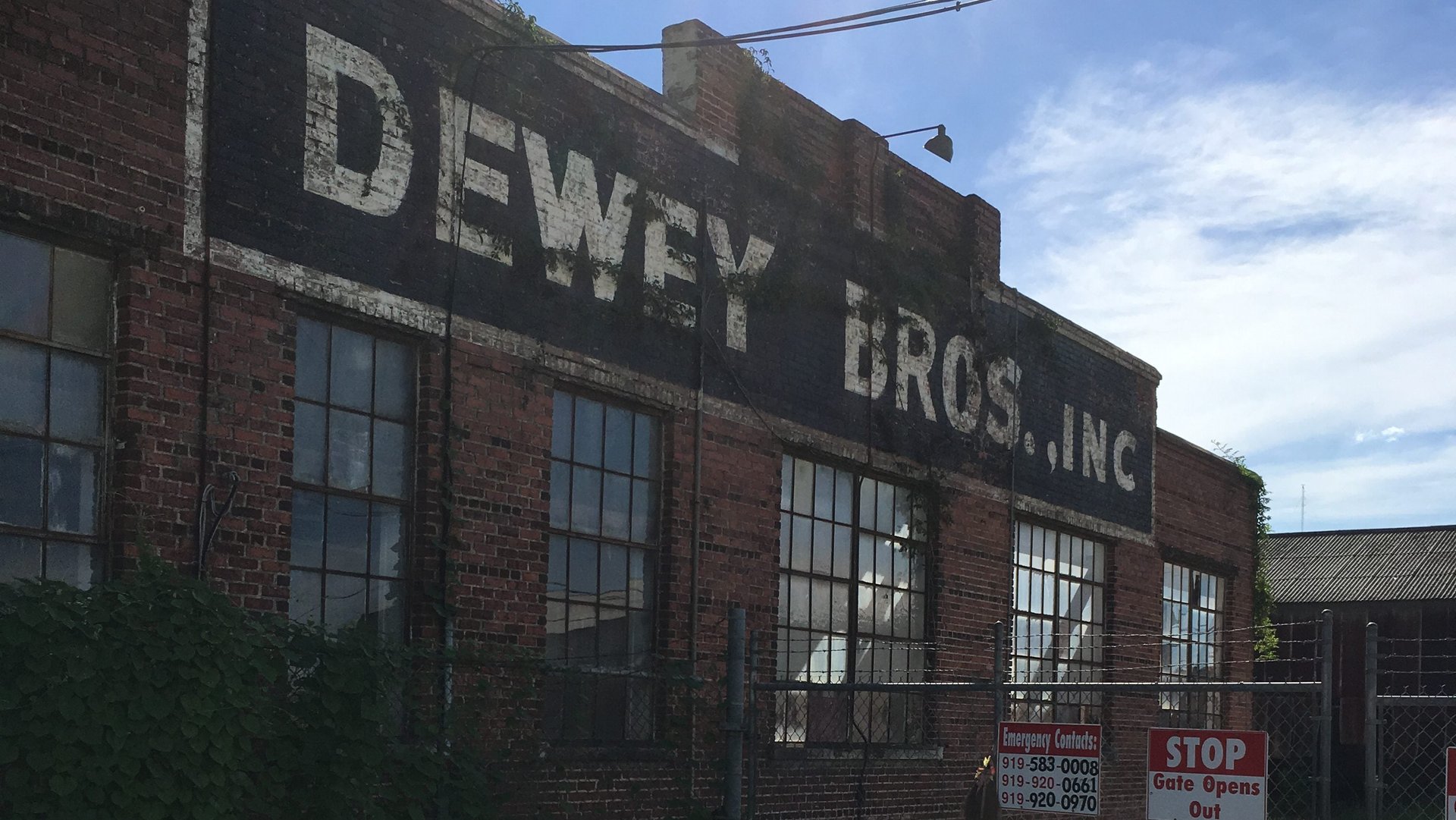A small town’s turnaround could teach Trump the right way to spend the US government’s money
President Donald Trump’s plan to invest $1 trillion in aging US infrastructure is getting under way, and is already meeting skepticism and the harsh reality of budgeting. But there is a sensible, targeted form of government intervention to stimulate local economies, particularly those that have lost manufacturing jobs.


President Donald Trump’s plan to invest $1 trillion in aging US infrastructure is getting under way, and is already meeting skepticism and the harsh reality of budgeting. But there is a sensible, targeted form of government intervention to stimulate local economies, particularly those that have lost manufacturing jobs.
Goldsboro, a town of 36,000 people in North Carolina, is an example of what that might look like.
Buoyed for years by the twin engines of manufacturing and tobacco, it lost them both in the 1990s and early 2000s as factories began moving overseas and tobacco farming gradually shifted under the control of big interests. In 2015, Goldsboro was listed as the fifth poorest city in the US, with almost 26% poverty. And just under a year ago a Pew Research Center report found that the town’s middle class has shrunk more than just about anywhere else in the US.
But since data for the Pew report were collected in 2014, Goldsboro has turned around. The downtown is starting to boom, the community college is bustling, and a surprising number of residents report that they’re doing well economically. According to Julie Metz, director of the Downtown Goldsboro Development Corporation, economic indicators like property and sales taxes are finally up. And Stephen Parr, director of the United Way of Wayne County, a charity, said its private donations are finally approaching pre-recession levels.
Some of that is due to a nationwide recovery. In September, the US Census’s annual report on incomes and poverty showed that median incomes around the country had risen dramatically between 2014 and 2015, while unemployment and poverty fell.
But much of Goldsboro’s revival is simply an illustration of the incredible power of government investment.
The sparkling downtown, with its sculptures and concerts and brand new streetscape, is the product of a $10 million revitalization grant from the US Department of Transportation. The renovation has resulted in roughly 50 new restaurants and retail outlets and 150 new jobs, and has been the catalyst for a nascent downtown residential market. It may well lure new companies and young workers seeking a high quality of life with low housing prices.
A new highway bypass opened last summer, thanks to the state’s own transportation department, creating a superfast route to Raleigh, the state capital—an hour away—and eventually the coast.
In December 2015, the local hospital was taken under the wing of UNC Healthcare—a state-owned entity—which means better services, more access to research and cutting-edge treatments, and better doctors. And Cherry Hospital, a state psychiatric facility, reopened last fall with 50% more beds and almost 400 new jobs, also thanks to state funding.
Manufacturing may have shrunk, but it’s still part of the mix. “We’ve been successful at recruiting new businesses” to the region, said John Chaffee, president of NC East Alliance; he added that the local community college, in partnership with state-funded economic development agencies, has recently implemented new workforce education programs to make Goldsboro more attractive to industries. The new firms are coming because of recruitment efforts and tax incentives through the state’s commerce department and its contractors.
And then there’s Seymour Johnson Air Force Base, Goldsboro’s anchor. It’s wholly owned by the US Department of Defense and provides over 6,000 stable, well-paid jobs. It will be home to a new squadron of aerial refueling tankers in a few years. “That’ll add jobs,” said Chaffee.
In short, Goldsboro is recovering thanks to a smart, strategic use of government funds to diversify and modernize the economy in a way that makes good use of the area’s strengths. That reliance on government money is ironic, of course, for a county that Trump won handily and that has voted Republican in every presidential election since 1964.
But Goldsboro is also still home to a lot of very poor people. And their story, too, illustrates the power of government investment—or rather, what happens when it’s taken away.
Gene Nichol, who heads the University of North Carolina’s NC Poverty Research Fund, spent months interviewing people in Goldsboro’s poorest census tracts. “When we talk to folks who live in those communities, they’ll highlight how dangerous it is, how difficult life is there,” he said. “These are not patterns that are improving.”
That’s due in part to globalization and the 2009-09 recession. But it’s also the result of massive cuts to state programs affecting the poor, including the Earned Income Tax Credit, unemployment benefits, childcare subsidies, and education funding.
“Micro-levers” like these, which are usually aimed at low-income people, tend to be more expensive and far less politically popular than “macro-levers” like infrastructure projects. And yet, said James Brooks, director of City Solutions at the National League of Cities, they’re vitally important tools. “I’d argue that we need to pay as much attention to micro levers that enhance human capacity. That’s the part that seems to be missing.”
Alexandra Sirota, director of the NC Budget and Tax Center, agrees. “We know from years of experience that the most effective way to change the level of opportunity in communities is through investment by government—in schools, infrastructure, health clinics. And then supporting private innovation and the expansion of business.”
It’s not realistic to imagine that Trump or anyone in a Republican-controlled Congress will support increased anti-poverty policies anytime soon. Or even that a coordinated, multi-sectoral—and well-funded—economic plan will be implemented in many of America’s slumping post-industrial regions in the next four years. But Goldsboro’s example at least demonstrates that government funding, when applied intelligently, can indeed turn a region around.